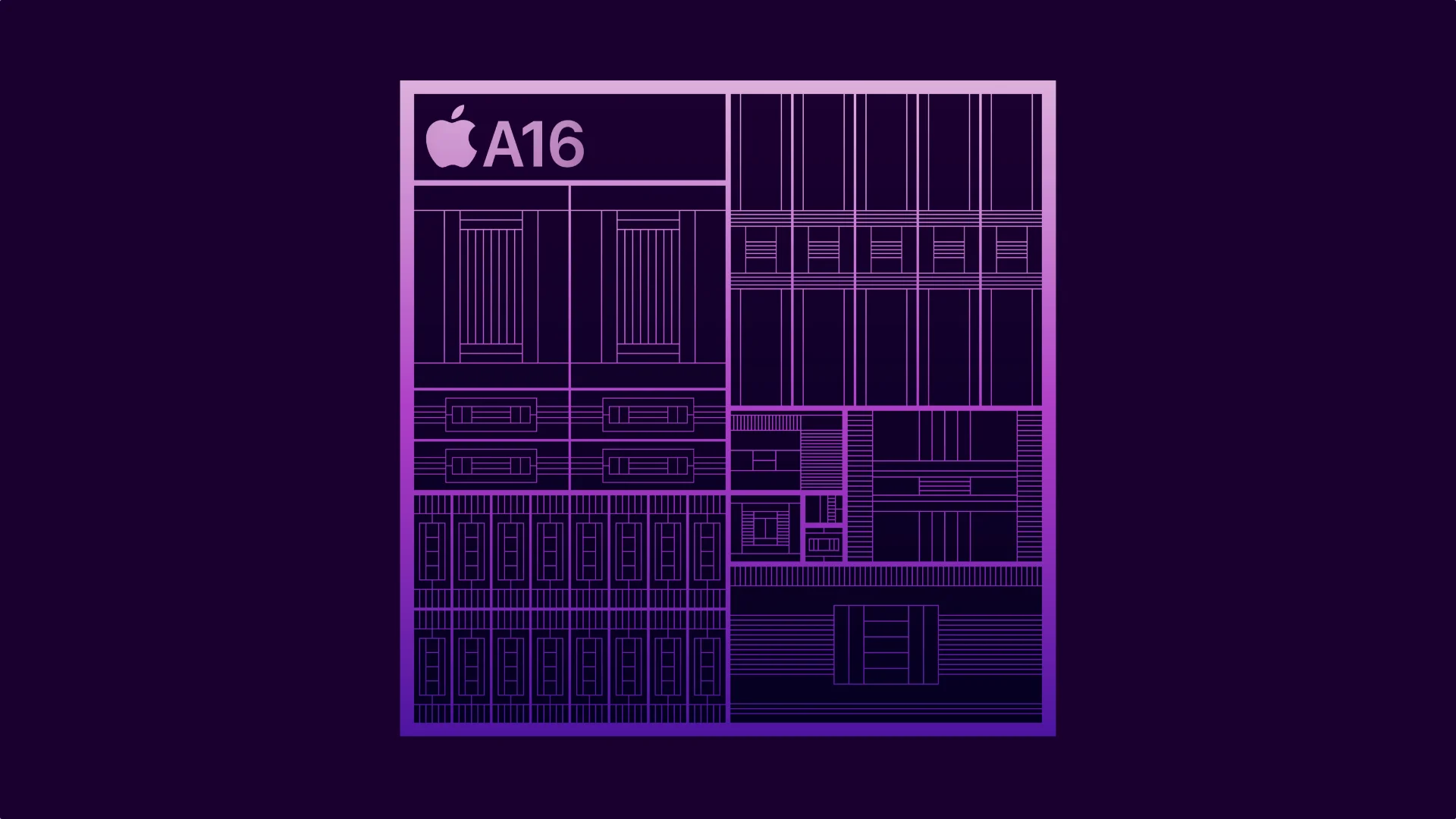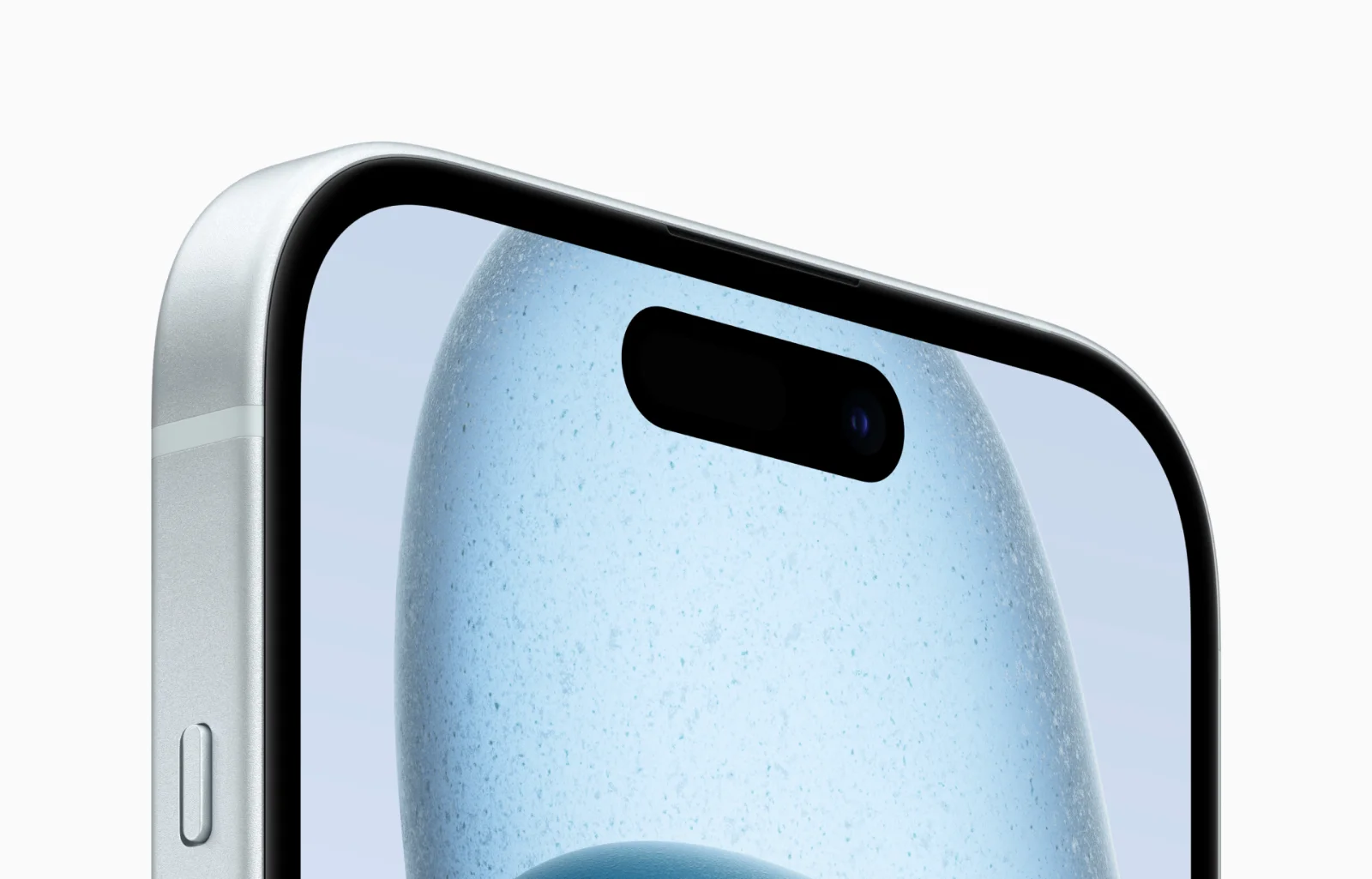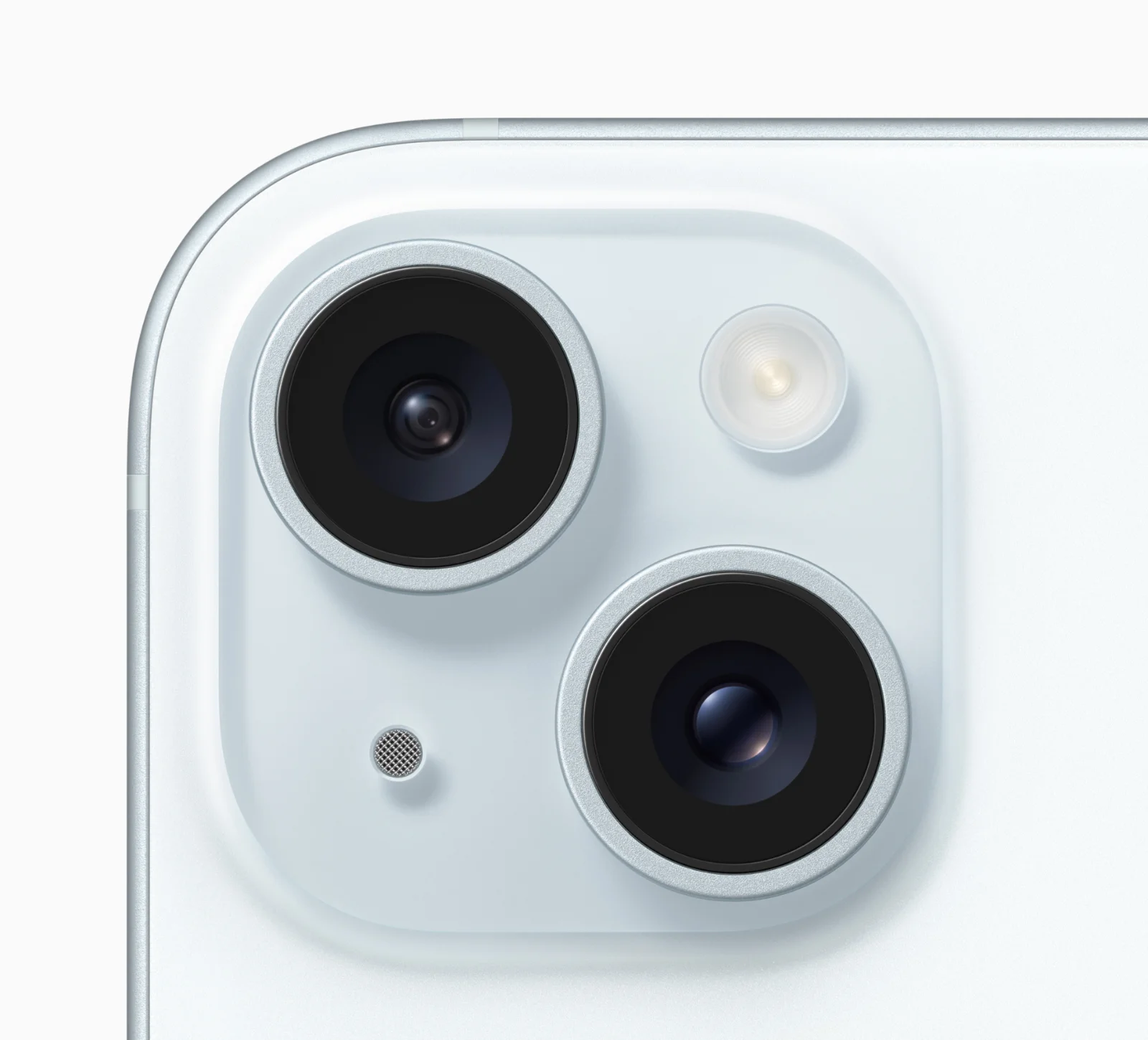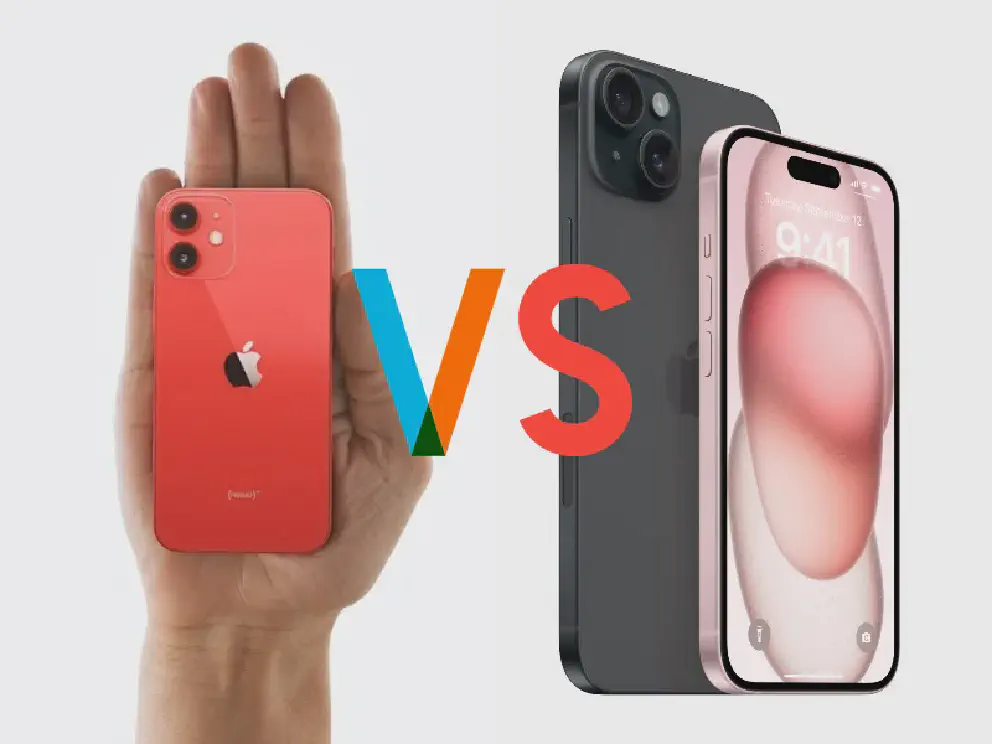One of the criticisms about Apple is they basically release the same products every year with hardly any real changes to it. And yet, millions and millions of people bought their products. In fact, it’s so much that they are the most valuable company on Earth. Why it is so?
We take a look at the changes from this year’s iPhone 15 and compare it with the base iPhone from 3 years ago, the iPhone 12, and see how those small changes become substantial over generations. In fact, these incremental updates hide a bigger strategy from Apple.
Overview
Since the iPhone 11, Apple introduced two kinds of iPhones every year, each with a different focus group in mind. One is for the masses, the base, plain vanilla iPhone 15, and for the “professionals”, the ones who make a living through their iPhones, the one that deserves the “Pro” moniker.
What Apple did over the years
Here are the changes that Apple over 3 generations of iPhones:-

- A16 Bionic: It might be just 2 generations ahead of the iPhone 12, but the A16 Bionic is faster, has more transistors, on a different manufacturing process, has more powerful graphic cores, and has faster memory. Yes, day-to-day use might not make a difference, but it does when you play mobile games on the iPhone.

- Dynamic Island: Gone is the “notch” that tech pundits and competitors berated and mocked. In comes Dynamic Island which was one of the well-received features of the iPhone 15 Pro.
- Satellite SOS: The iPhone 15 can send distress signals to first responders in places where there’s no cell coverage. The feature is so useful that it actually helps save lives. For the nonemergency situation, there’s also the calling for roadside assistance feature of the iPhone 15
- Crash detection: The iPhone 15 knows that you are in a car crash and helps call emergency services for you.
- Brighter display: With 2000 nits peak brightness outdoors, the displays in the iPhone 15 remain crips.
- eSIM: Having eSIM means fewer parts for the iPhone.
- USB-C: Perhaps the biggest change is the inclusion of the USB-C port. Due to an EU law, Apple finally put a USB-C port on the iPhone.

- Camera System: Perhaps the biggest change is the camera system on the iPhone 15. Yes, it inherits features from the iPhone 14 Pro, but it’s a massive upgrade from the iPhone 12.
- 48MP Main sensor: The main camera sensor is effectively doubled with the 48MP sensor which allows it, for the first time to have a 2x zoom feature on the base iPhone
- Photonic Engine: To handle the influx of photographic data, there’s the Photonic Engine that was introduced on the A16 Bionic.
Conclusion
Apple made many but small improvements from one generation to the next. But over a few generations, those small improvements add up. Furthermore, in Apple’s grand strategy, they are not making users buy the iPhone every year, but more invested in the ecosystem over the years. It’s about buying an iPhone this year, an AirPods maybe next year, or Mac the year after that, and maybe an iPad later. This is why Apple is seen not having big increments for one product, but over the whole ecosystem, the changes are quite substantial every year.
Plug
Support this free website by visiting my Amazon affiliate links. Any purchase you make will give me a cut without any extra cost to you
| Base | Pro | |
|---|---|---|
| iPhones | iPhone 16 / iPhone 16 Plus - (Amazon) | iPhone 16 Pro / iPhone 16 Pro Max - (Amazon) |
| Watch | Apple Watch SE (Amazon) / Apple Watch Series 10 | Apple Watch Ultra 2 (Amazon) |
| AirPods | AirPods 4 (Amazon) | AirPods Pro 2 (Amazon) / AirPods Max (Amazon) |
| iPad | iPad 10 (Amazon) / iPad Mini (Amazon) | iPad Air M2 (Amazon) / iPad Pro M4 (Amazon) |
| Laptops | MacBook Air M3 (Amazon) | MacBook Pro M3 (Amazon) / MacBook Pro M3 Pro/Max (Amazon) |
| Desktop | Mac Mini (Amazon) / iMac (Amazon) | Mac Studio / Mac Pro |
| Displays | Studio Display (Amazon) | Pro Display XDR (Amazon) |
Other Ecosystem Items
